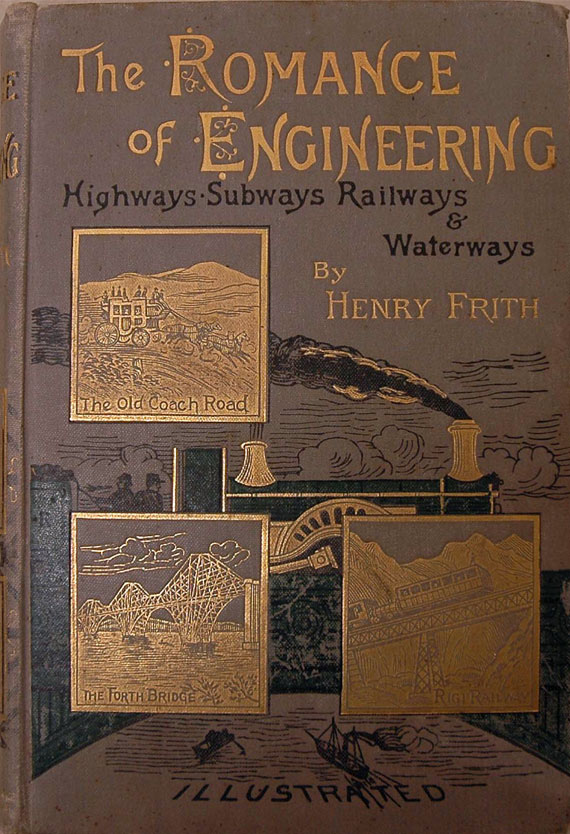Cabinet 2: Railways – In the Beginning



Henry Frith, The Romance of Engineering. London: Ward, Lock, Bowden, and Co., 1892.
In 1830, there was just 100 miles of railway open in Britain. By 1852, after three major investment booms (1824-25, 1836-37, and 1845-47) there was some 6,600. By 1850, there were no fewer than 200 separate railway companies, dominated by a few major ones: the London and North Western; the Great Western and the Midland. As rail developed, so did the way in which one could travel. About 1830, 1st class ‘yellow’ trains appeared which were faster and offered more comfort than the 2nd class ‘blue’ trains. However, train travel was still prohibitive for the average worker. In 1883, the Cheap Trains Act made special 3rd class fares compulsory. Earlier, the 1851 Exhibition demonstrated more fully the significance of cheaper fares and the excursion train. It was visited by 6 million people, many travelling by train to see it. The sketches above depict the protective ‘closed’ and ‘open’ carriages of 1st and 2nd class.

